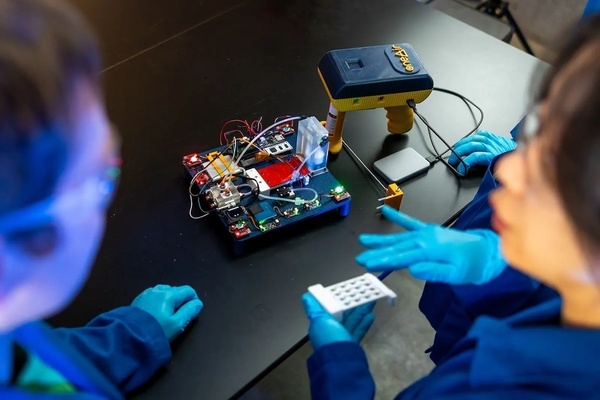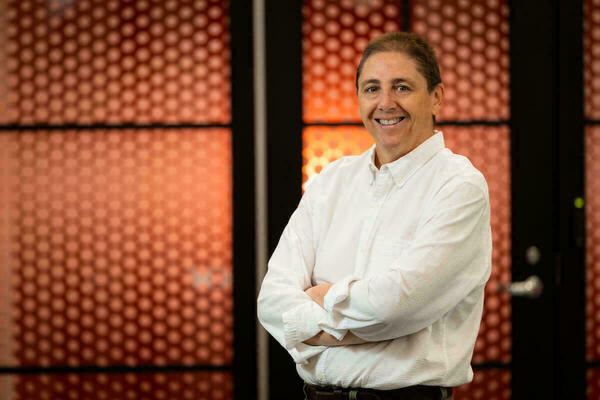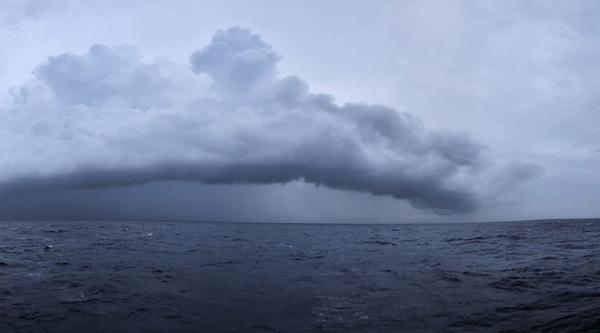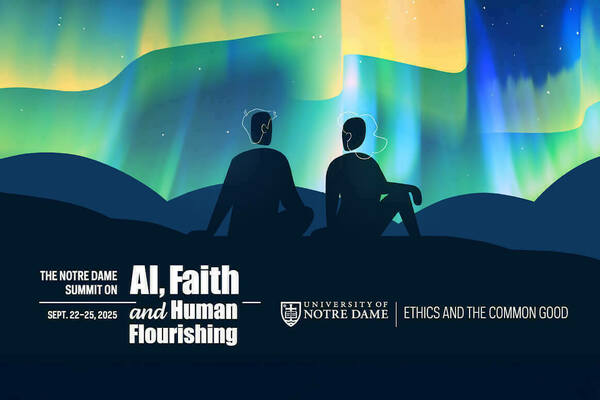Meeting the 2030 Sustainable Development Goals as an American Agenda through Localization, Compassion, and Youth Empowerment

Continued, principled U.S. participation and leadership at the U.N. is not simply a diplomatic politesse, but a necessary way forward to creating a safer, sustainable, more prosperous world.
Current data shows the world is 43 years behind schedule to meet the 2030 U.N. Sustainable Development Goals (SDGs), a shared global and domestic agenda intended to improve the quality of life for people and the planet.
Many areas that overlap between the SDGs and top concerns of the American public include jobs (SDG 8), healthcare (SDG 3), education (SDG 4), and national security (SDG 16). While the SDGs are supported by the American public—the state of Hawai’i along with a few cities have implemented the SDGs themselves—there has yet to be a systematic strategy for localizing them across all local levels of government. To address this gap, it is important to understand the perspectives of local leaders on the SDGs, which is what some practitioners and researchers set out to do.
Dr. Paul Perrin, Pulte Institute for Global Development Director of Evidence and Learning, developed a county-level dashboard with his team in support of localizing the Global Goals. This work, in collaboration with Pulte’s Visiting Associates Program, sought the opinions of mayors as a first step toward building bridges.
“The Sustainable Development Goals are the closest thing we have to a global vision for what we collectively want the world to look like, encompassing aspirations for economic outcomes, social progress, and harmony, and sustainability of our environment. Even though they are called the "Global Goals," high-level international and domestic conversations are not sufficient; we need our local mayors and county leaders to add their energy and attention in working towards the goals in their jurisdiction. The University of Notre Dame's home state of Indiana is no exception. We cannot achieve the world we want to live in by 2030 without Hoosier state decision-makers leading the way, requiring information and tools as they do so.”
Ultimately, it is compassion that serves as a basis for understanding one another. Dr. David Addiss, director and founder of The Task Force's Focus Area for Compassion and Ethics and former adjunct professor at the University of Notre Dame’s Eck Institute for Global Health, set out on this mission through a collaborative initiative to make the case for compassion as a guiding principle to accelerate achievement of the SDGs.
Shedding light on this effort, Dr. Addiss shares:
The SDGs address a complex web of interconnected contributors to human suffering, including poverty, insecurity, and lack of access to healthcare and education, among others. So the SDGs actually have their roots in compassion—the desire to alleviate and prevent suffering and promote human flourishing. Yet in our pursuit of technical solutions, we often lose touch with the compassionate impulse that inspired the SDGs. Remembering and recovering that connection with compassion can help re-focus our energy and fuel the collaboration needed to realize the SDGs.
All hope does not seem lost on these experts, nor the next generation of future leaders. Just as the University of Notre Dame’s Pulte Institute for Global Development set out to hear what local government leaders think about the SDGs, the U.N. Foundation wanted to hear what American youth thought about the SDGs and civic engagement.
U.S. Millennial and Gen Z residents were polled to gauge their interests in global issues and civic engagement. Respondents, ranging from ages 18 to 35, were found to believe younger generations are better equipped than those preceding to solve the world’s biggest challenges. What’s more, they want their voices heard on such issues.
The oppression of the youth voice is a serious global issue demonstrated by the low percentage of national legislators younger than 40 (6.7%), with a meager 0.46% below the age of 30 years. This demographic evidence serves as a significant corollary to efforts to suppress youth votes.
Therefore, continued U.S. participation and leadership at the U.N. needs to be biased toward, and intersect with, youth empowerment to meet the 2030 Sustainable Development Agenda. With the U.N. Summit of the Future here, let us keep in mind that a central theme is dedicated to youth and future generations. It is an American civic duty—and a responsibility to the planet—to reach our youth with empathy, deliberation, and solidarity to make a positive difference on one another today, locally, and for our shared future.
Learn more about Rachel's work on the SDGs with Dr. Paul Perrin.
Originally published by at pulte.nd.edu on September 24, 2024.
Latest Research
- Fighting for Better Virus DetectionAn electronic nose developed by Notre Dame researchers is helping sniff out bird flu biomarkers for faster detection and fewer sick birds. Read the story
- Notre Dame’s seventh edition of Race to Revenue culminates in Demo Day, a celebration of student and alumni entrepreneurship…
- Managing director brings interdisciplinary background to Bioengineering & Life Sciences InitiativeThis story is part of a series of features highlighting the managing directors of the University's strategic initiatives. The managing directors are key (senior) staff members who work directly with the…
- Monsoon mechanics: civil engineers look for answers in the Bay of BengalOff the southwestern coast of India, a pool of unusually warm water forms, reaching 100 feet below the surface. Soon after, the air above begins to churn, triggering the summer monsoon season with its life-giving yet sometimes catastrophic rains. To better understand the link between the formation of the warm pool and the monsoon’s onset, five members of the University of Notre Dame’s Environmental Fluid Mechanics Laboratory set sail into the Bay of Bengal aboard the Thomas G. Thompson, a 274-foot vessel for oceanographic research.
- Exoneration Justice Clinic Victory: Jason Hubbell’s 1999 Murder Conviction Is VacatedThis past Friday, September 12, Bartholomew County Circuit Court Judge Kelly S. Benjamin entered an order vacating Exoneration Justice Clinic (EJC) client Jason Hubbell’s 1999 convictions for murder and criminal confinement based on the State of Indiana’s withholding of material exculpatory evidence implicating another man in the murder.
- Notre Dame to host summit on AI, faith and human flourishing, introducing new DELTA frameworkThe Institute for Ethics and the Common Good and the Notre Dame Ethics Initiative will host the Notre Dame Summit on AI, Faith and Human Flourishing on the University’s campus from Monday, Sept. 22 through Thursday, Sept. 25. This event will draw together a dynamic, ecumenical group of educators, faith leaders, technologists, journalists, policymakers and young people who believe in the enduring relevance of Christian ethical thought in a world of powerful AI.













